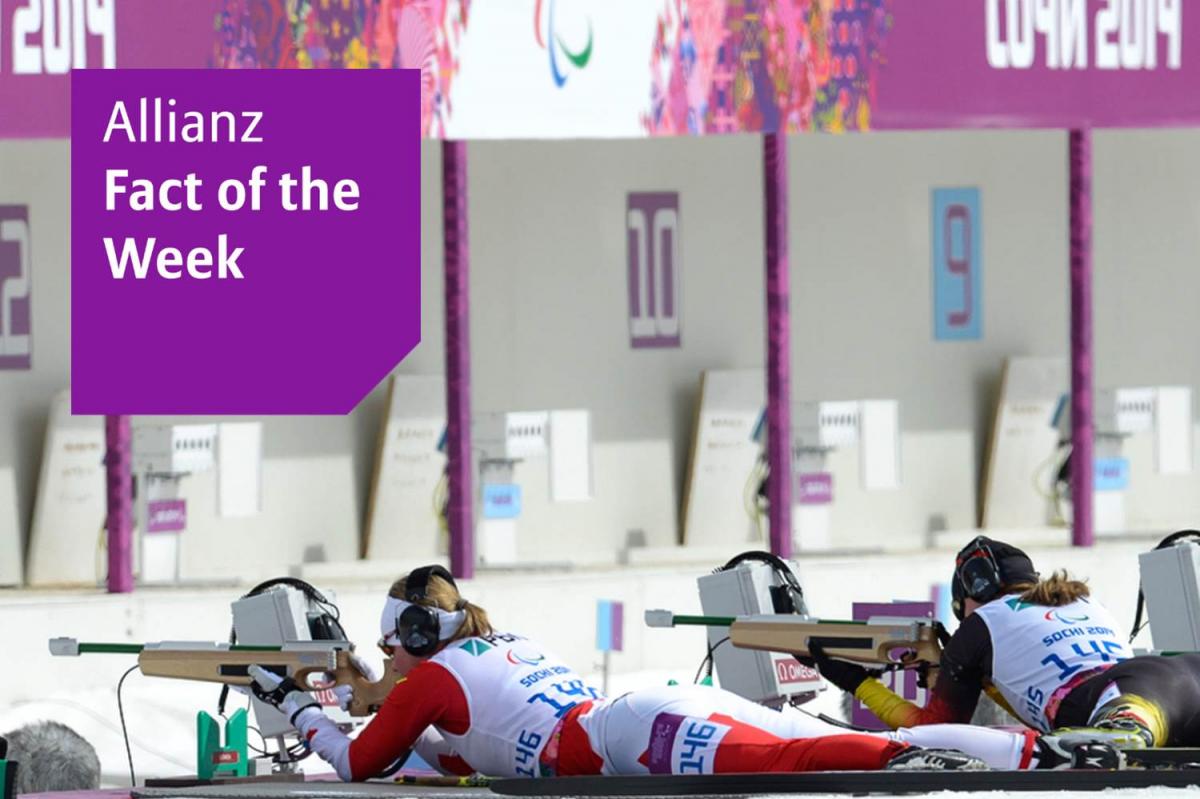How to hit the target without sight?
Athletes aim with the help of an infrared system that enables shooting by hearing. 05 Dec 2014
The target sends out an infrared signal that is converted into an acoustic signal. The closer the barrel aims at the bull’s eye, the higher the frequency of the sound. Once the sound becomes constant, the athlete is on target.
Biathletes with a visual impairment do not shoot with bullets, pallets or anything else tangible. They shoot with an invisible laser beam. Another difference to able-bodied biathletes is that biathletes with a visual impairment do not carry the guns on their back, as they are connected with lots of wires to the target and the headphones.
A guiding partner plays an essential role for the visually impaired athlete: Skiing ahead of the athlete, the guide gives a precise overview of the ski run. The degree of a turn is described on the basis of a clock. “Left on nine” means a 90-degree left turn, and “Right on one” stands for a slight turn to the right. Due to the intensity – not only in the competition but also during training sessions – the guide and athlete need to have a trusting relationship.
Biathlon for athletes with a physical impairment was introduced at the Innsbruck 1988 Paralympic Winter Games, and by 1992, athletes with a visual impairment were also allowed to compete in the sport, which is a combination of physical endurance on skis and shooting accuracy.
Get more insights from our infographics.




